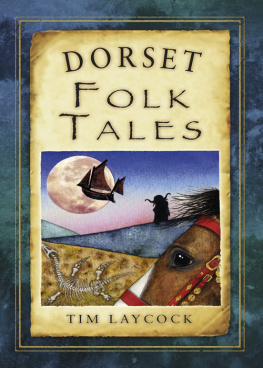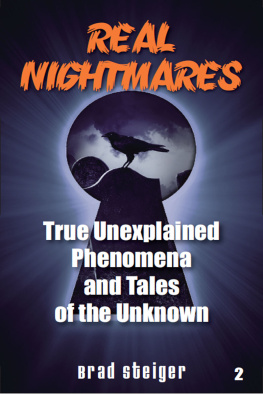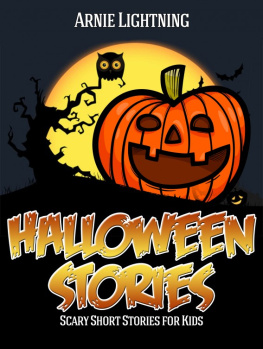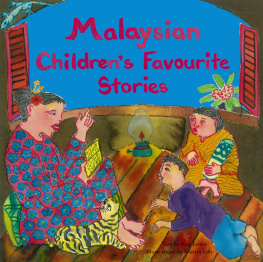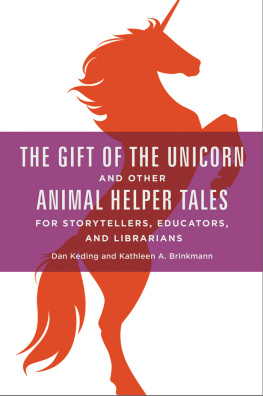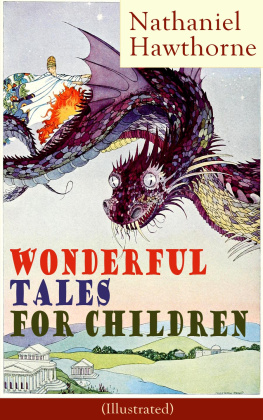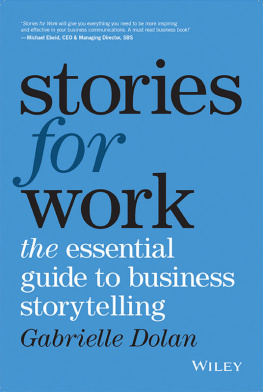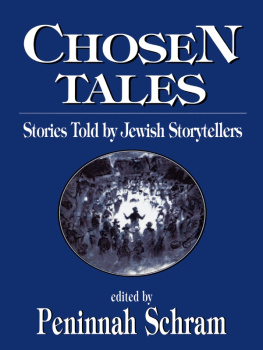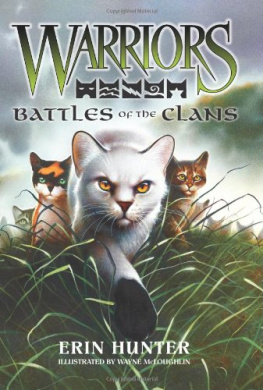Susan Gabrielle - 100 Best Quotes from Childrens Books
Here you can read online Susan Gabrielle - 100 Best Quotes from Childrens Books full text of the book (entire story) in english for free. Download pdf and epub, get meaning, cover and reviews about this ebook. year: 2012, publisher: Hyperink, genre: Children. Description of the work, (preface) as well as reviews are available. Best literature library LitArk.com created for fans of good reading and offers a wide selection of genres:
Romance novel
Science fiction
Adventure
Detective
Science
History
Home and family
Prose
Art
Politics
Computer
Non-fiction
Religion
Business
Children
Humor
Choose a favorite category and find really read worthwhile books. Enjoy immersion in the world of imagination, feel the emotions of the characters or learn something new for yourself, make an fascinating discovery.
- Book:100 Best Quotes from Childrens Books
- Author:
- Publisher:Hyperink
- Genre:
- Year:2012
- Rating:5 / 5
- Favourites:Add to favourites
- Your mark:
100 Best Quotes from Childrens Books: summary, description and annotation
We offer to read an annotation, description, summary or preface (depends on what the author of the book "100 Best Quotes from Childrens Books" wrote himself). If you haven't found the necessary information about the book — write in the comments, we will try to find it.
ABOUT THE BOOK
Storytelling has been around as long as humankind, although the ability to be a storyteller or history-keeper is a special gift not everyone possesses. Generations of our ancestors told oral tales of encounters with nature-with wild animals or with the land itself, real or imagined. Clans gathered around to hear of dreams or of explanations of certain unexplainable phenomena, such as thunder and lightning. These stories were often illustrated by scratching them or painting them onto cave walls or on rocks, and especially those tales of great battles against warring tribes. Some of the stories only existed as verbal histories passed from grandfathers to sons to grandsons.
MEET THE AUTHOR
Susan Gabrielle has had work published in The Christian Science Monitor, TheBatShat, New Verse News, and local publications, and was a finalist in the Tiny Lights Narrative Essay Contest. Her short story What she should have said was published in the Social Justice issue of the Little Patuxent Review, and she has been nominated for a Pushcart Prize for her poem After 10 years of War. She currently teaches writing and literature classes as a university instructor, and is at work on a nonfiction writers guide. You can reach her at Susan-Gabrielle.com
EXCERPT FROM THE BOOK
But while storytelling itself is an ancient art form, the genre of childrens literature is relatively new, and childrens book publishing only came to prominence beginning in Great Britain in the 18th century. As Allen notes, From the time John Newbery, publisher and bookseller, decided to create books just for children in 18th-century England until the end of the 19th century, when English industry produced childrens books of the highest quality, the body of childrens literature that became available from England earned a growing respect throughout the literary world. Before that time, children were treated as miniature adults, useful only insofar as their ability to bring income to the home. Most children up to the 1800s worked on the family farm, so there was little free time for play, and since many children did not attend school, they could not read. The family may have owned a Bible, but it most likely would have been read to them by the father, perhaps after dinner.
CHAPTER OUTLINE
100 Best Quotes from Childrens Books+ Introduction+ The Beginnings of Childrens Literature+ For adults, for Children or Both?+ A Move Toward Realism+ ...and much more100 Best Quotes from Childrens Books
Susan Gabrielle: author's other books
Who wrote 100 Best Quotes from Childrens Books? Find out the surname, the name of the author of the book and a list of all author's works by series.

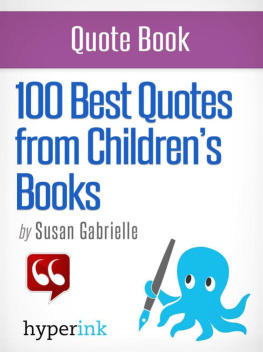
![Majkl Suenvik - Tales of Old Earth [A collection of short-stories]](/uploads/posts/book/894597/thumbs/majkl-suenvik-tales-of-old-earth-a-collection-of.jpg)
